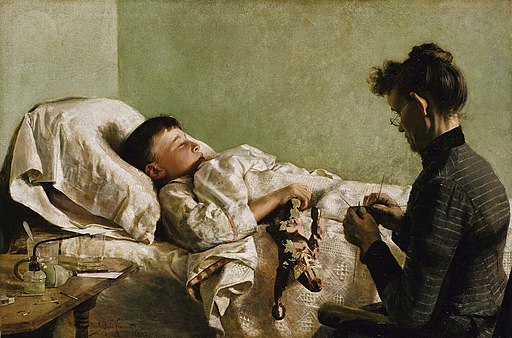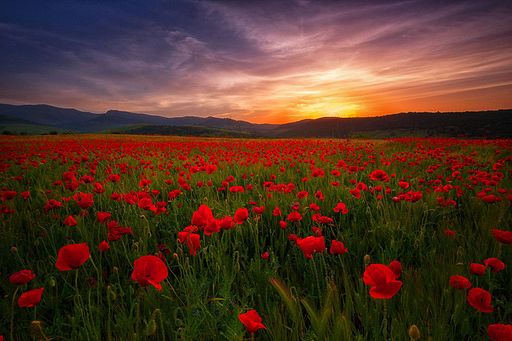This Memorial Day marks
the 150th anniversary of the holiday. When it was first formally celebrated, the holiday was a remembrance of Civil War dead and was called
Decoration Day. Since 1868, Americans on Memorial Day have taken to visiting the graves of not just fallen soldiers, sailors, and marines, but those of their friends and relatives regardless of whether or not they died in military service to the country. Officially Memorial Day is for remembering and honoring the country’s war dead, but it has also become a day for remembering and honoring the near and dear, and most Americans usually do that by decorating the graves with flowers.
In western societies, placing flowers at grave sites goes back to the ancient Greeks and Romans, and even before, to the stone age, as archaeologists discovered not long ago. Since then, as Jews and Muslims have asserted their own cultural and religious preferences for honoring the dead, the tradition of remembering with flowers has remained mostly a Christian one in the west. There is an entire symbolism of flowers dating from the ancient Greek and Roman mythologists and carried on by Christians, but it’s a safe bet to guess most people pay little attention to such subtleties when picking out a specific flower or an arrangement of flowers to place at the grave of their loved one. Most likely they pick out something they themselves enjoy, or that they know was a favorite of the departed.
There is one flower symbol that remains widely understood, and it is the red poppy originating from the battlefields of Flanders in World War I, which has come to specifically memorialize military members dead from service
in all wars since the so-called War to End All Wars.
“In Flanders Fields”, a poem written by John McCrae, a Canadian who served in the war with the rank of Lieutenant-Colonel, noted the red poppies growing among the graves of soldiers buried after the Second Battle of Ypres. The fame of McCrae’s poem established the common red poppy,
Papaver rhoeas, a tough plant long known in the region as a colonizer of disturbed ground, as the Remembrance Poppy thereafter.
It is worth noting that the opium poppy, Papaver somniferum, is native to the Mediterranean region and the Near East and yields opiates such as morphine, named for Morpheus, the god of dreams. Opium poppies were well known to the ancients for their anesthetic properties, a blessed relief for those wounded in battle or near death. It’s flower is not a symbolic reminder like the red poppy of those lost to the violence of war, but its value in easing suffering and bringing on the forgetfulness of sleep to those maimed and agonized by that violence makes it more important to those poor unfortunates, and certainly more useful. Rest in peace.
— Izzy 




